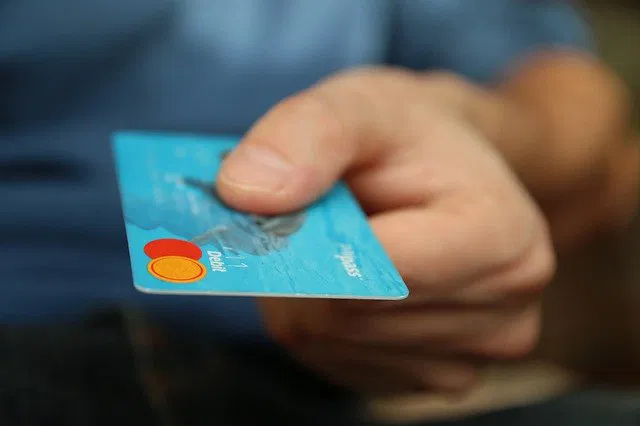Credit card fraud is an increasingly common crime, and card cloning is one of the most widespread methods used by criminals. When your card is cloned, unauthorized transactions can quickly drain your funds, causing financial stress and inconvenience. Knowing how to act swiftly and effectively can help minimize damage and protect your finances. This guide will walk you through the essential steps to take if your card is cloned.
Signs That Your Card Has Been Cloned
Detecting fraudulent activity early is crucial. Here are some warning signs:
- Unexpected Transactions: Charges on your statement that you do not recognize.
- Notifications from Your Bank: Alerts for transactions you did not authorize.
- Declined Transactions: If your card is declined despite having available funds.
- Unusual Activity in Different Locations: Charges made in cities or countries you haven’t visited.
Immediate Actions to Take
If you suspect your card has been cloned, take the following steps immediately:
1. Contact Your Bank
- Call your bank’s customer service and report the fraudulent transactions.
- Request to have your card blocked to prevent further unauthorized use.
- Ask for a replacement card with a new number and security code.
2. Review Your Account Statements
- Carefully check recent transactions to identify any unauthorized charges.
- Report any suspicious transactions to your bank for dispute and possible reimbursement.
- Monitor your statements regularly to ensure no further fraudulent activities occur.
3. Change Your PIN and Online Banking Passwords
- If your card was cloned, your PIN may also be compromised—change it immediately.
- Update passwords for online banking and payment apps to enhance security.
4. Report the Fraud to Authorities
- File a report with local authorities if required.
- Some countries have fraud protection agencies that assist victims—check with your financial institution.
How to Prevent Card Cloning in the Future
Prevention is key when it comes to financial security. Here are steps to minimize risks:
Be Cautious When Using Your Card
- Avoid Public Wi-Fi: Never enter card details when connected to unsecured networks.
- Use Secure ATMs: Prefer bank ATMs over standalone machines, which may have skimmers.
- Enable Transaction Alerts: Set up SMS or email alerts for any card activity.
- Cover Your PIN: When using ATMs or point-of-sale machines, shield your PIN entry.
Use Digital Security Features
- Activate Virtual Cards: Many banks offer virtual cards for online transactions, reducing the risk of cloning.
- Enable Two-Factor Authentication: Extra security layers prevent unauthorized access to your accounts.
- Regularly Update Your Card Details in Secure Wallets: Services like Apple Pay and Google Pay provide an extra layer of encryption.
Conclusion
Card cloning can be a stressful experience, but knowing the right steps to take can protect your finances and prevent further losses. Act swiftly by contacting your bank, reviewing statements, and enhancing security measures. Additionally, adopting safe card usage habits will significantly reduce the risk of falling victim to future fraud attempts. Stay vigilant and proactive to keep your financial information secure.






